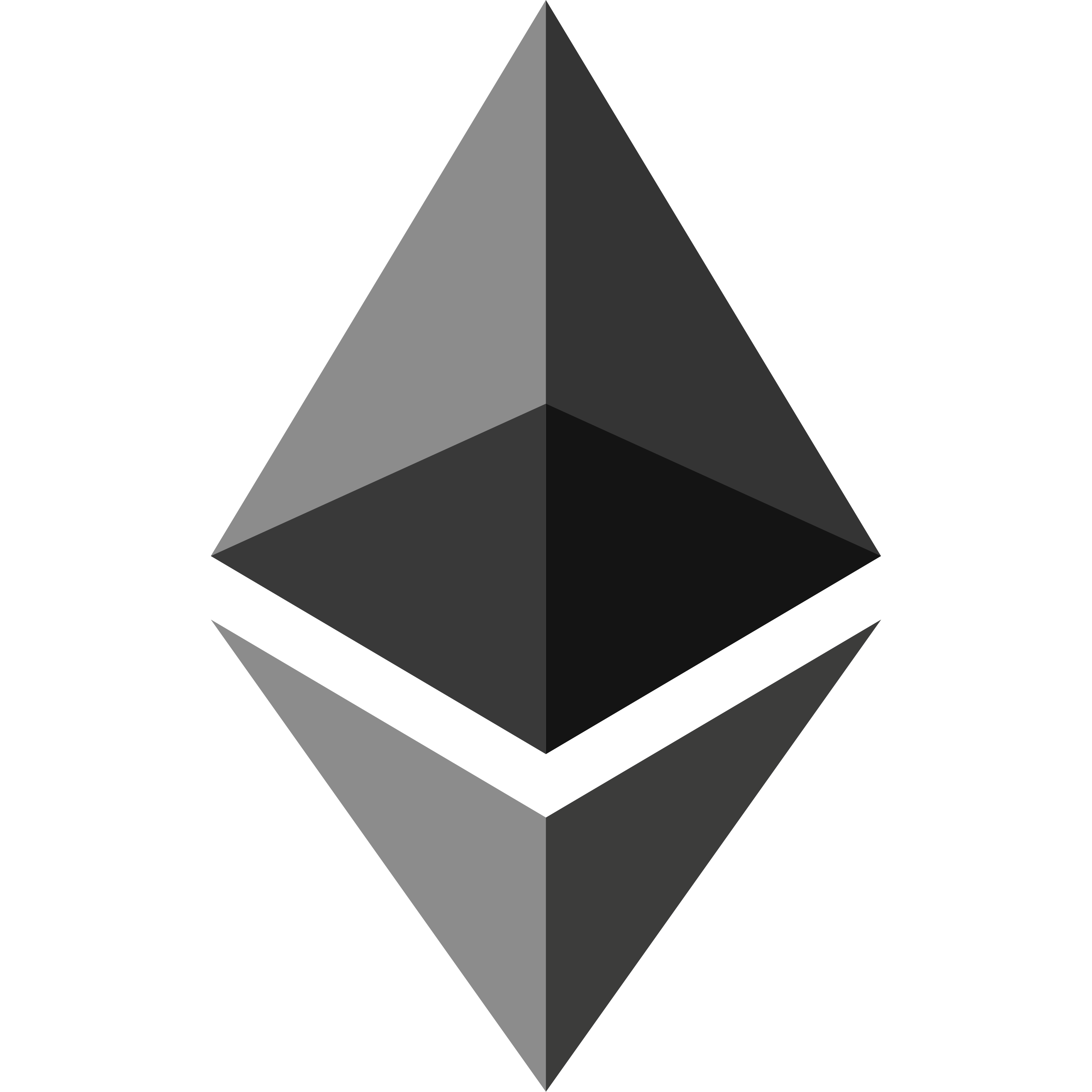Battle of Eth's Successors: Solana vs Avalanche
 Adewale Ayeni-Bepo
Adewale Ayeni-Bepo
Battle of Eth's Successors: Solana vs Avalanche
As a DevOps engineer with personal interest in the crypto world, I've tried to follow the evolution of blockchain technology. Ethereum (ETH) has long been the leader in dApps development and smart contract execution. However, with its scaling issues and high fees, several blockchain projects have emerged as formidable competitors. Two prominent contenders are Solana and Avalanche. Both projects have garnered attention for their unique approaches to high-speed transactions, scalability, and decentralized finance (DeFi) applications.
This article delves into a comprehensive comparison between Solana and Avalanche, evaluating their architectures, security models, scalability, real-world use cases, adoption, cost efficiency, and regulatory considerations.
Architecture Overview

Solana’s Architecture: Solana’s blockchain is built for speed and scalability. It leverages a hybrid consensus model that combines Proof of History (PoH) and Proof of Stake (PoS). PoH introduces a timestamping mechanism that orders transactions and allows for parallel validation by validators, achieving high throughput. Solana is also known for its ability to process over 65,000 transactions per second (TPS) which is a massive improvement over Ethereum's current performance.
One significant feature of Solana is its single global state. All transactions are processed by every node in the network, eliminating sharding needs and ensuring consistency across the chain. This design allows Solana to perform exceptionally well for DeFi and high-volume applications.

Avalanche’s Architecture: Avalanche takes a different approach to scalability and flexibility. It uses a novel consensus protocol called Avalanche Consensus, which is based on a Directed Acyclic Graph (DAG) structure. The protocol enables multiple chains to operate independently and securely with their own consensus mechanisms. Avalanche consists of three primary components: the X-Chain (for asset transfer), the C-Chain (for smart contracts), and the P-Chain (for platform management).
Avalanche’s unique advantage in scalability comes from its ability to create multiple independent subnets, each with its own rules and validators. The feature permits enterprises to deploy custom subnets and fine-tune the security, governance, and performance for specific use cases.
Security Models
Solana’s Security Model: Solana's hybrid PoH and PoS mechanism offers a balance between performance and security. PoH timestamps transactions to allow parallel processing while PoS ensures that validators are incentivized to act honestly. Validators on the Solana network stake SOL and any malicious behavior could result in slashing.
However, Solana's fast-paced transactions sometimes make it more vulnerable to network disruptions like DDoS attacks or downtime during high congestion. While Solana’s security model works well under normal conditions, the network's ability to handle massive traffic spikes is still a work in progress.
Avalanche’s Security Model: Avalanche Consensus is designed to be secure and scalable. Validators validate transactions by communicating with each other in a decentralized way to prevent Sybil attacks by requiring significant staking to influence the network's consensus. This consensus protocol is fast, efficient, doesn’t compromise security for scalability.
As stated earlier, a key advantage of Avalanche's security is the customization option for individual subnets. This flexibility is ideal for enterprise solutions that need tailored security models and regulatory compliance.
Scalability and Performance
Solana’s Scalability and Performance: Solana shines when it comes to scalability. Its architecture, supported by PoH, allows the network to process upwards of 65,000 transactions per second (TPS). This makes it one of the fastest blockchains in existence. This also makes Solana well-suited for high-demand applications like decentralized exchanges (DEXs), DeFi protocols, and NFT platforms that require high throughput.
Unfortunately, Solana has faced challenges with network stability during periods of high demand. The blockchain has experienced downtime and slowdowns during congestion which has affected its reputation. Still, for use cases that demand high-speed transaction processing, Solana is an appealing choice.
Avalanche’s Scalability and Performance: Avalanche can process between 4,500 and 6,500 TPS, which is modest compared to Solana. However Avalanche’s strength lies in its modular design. By utilizing subnets, Avalanche provides scalability that can be customized according to the specific needs of each application. This makes Avalanche a highly scalable solution because performance can be tuned per subnet without overwhelming the entire network.
While Avalanche may not achieve the same raw throughput as Solana, its decentralized and customizable approach to scalability makes it a strong contender for applications requiring specialized security and performance levels.
Decentralization
Solana’s Decentralization: Solana has been criticized for its relatively centralized nature. Its consensus mechanism requires high-performance hardware, limiting the number of nodes that can participate as validators. As a result, the network is controlled by a smaller set of validators compared to more decentralized blockchains. This centralization may pose risks for developers looking for a truly decentralized network.
Avalanche’s Decentralization: Avalanche’s design encourages greater decentralization. With its independent subnets and large validator set, the network allows for more widespread participation. The decentralized nature of its Avalanche Consensus protocol ensures that no single party can easily manipulate the network. Moreover, its ability to create customizable subnets means that enterprises can control their validation process while maintaining decentralization.
Real-World Use-Cases
Solana’s Use Cases: Solana's low transaction fees and high speed make it an attractive choice for dApps, especially for those in the DeFi and NFT spaces. One notable example is Raydium, a DEX built on Solana, which benefits from the network's fast transaction throughput. Solana is also becoming a popular choice for gaming applications because its high-speed nature allows for real-time interactions in blockchain-based games.
Avalanche’s Use Cases: Avalanche is also gaining traction in the DeFi and enterprise sectors, with platforms like Aave and Curve Finance integrating with its C-Chain for faster transactions. Avalanche’s ability to create private subnets makes it appealing for businesses seeking to build customized blockchains for financial applications, supply chain management, and other sectors that require specialized security or governance.
Adoption
Solana’s Adoption: Solana’s adoption has been massive in the DeFi and NFT spaces. The ecosystem has grown rapidly and many developers are attracted by its performance and scalability. However, the network’s occasional outages have raised questions about its reliability. So, while Solana remains one of the top contenders, it still faces challenges in proving consistent uptime.
Avalanche’s Adoption: Avalanche’s adoption is growing steadily in the enterprise sector. Its modular design and customizable subnets make it highly appealing for businesses and institutions. Platforms like Aave and SushiSwap have integrated with Avalanche, helping to push its DeFi ecosystem forward. Avalanche is also seen as a viable alternative for those who want to develop solutions that meet strict regulatory requirements.
Cost and Resource Efficiency
Solana’s Cost Efficiency: Solana offers low transaction fees, making it ideal for high-volume applications. The network's PoH-based architecture enables the network to handle many transactions without driving up costs. However, when the network experiences congestion, fees can spike, though they are generally low compared to Ethereum.
Avalanche’s Cost Efficiency: Avalanche also offers low transaction fees, but its ability to create customized subnets means that businesses can optimize their cost structures based on their specific needs. By allocating resources more efficiently across subnets, Avalanche enables enterprises to scale without incurring high costs.
Compliance and Regulation
Solana’s Compliance and Regulation: Solana faces challenges when it comes to regulatory compliance. Its global state and open-source nature make it difficult to tailor to specific compliance needs. However, as adoption grows, Solana may evolve to better meet regulatory standards.
Avalanche’s Compliance and Regulation: Avalanche's subnet architecture is a game-changer for regulatory compliance. By allowing businesses to create private or permissioned chains, Avalanche provides the flexibility needed for industries like finance and healthcare. These industries have stringent regulatory demands.
Conclusion
Both Solana and Avalanche offer powerful blockchain solutions with distinct advantages and trade-offs. Solana excels in performance and scalability, making it a go-to choice for DeFi and high-speed applications, though its decentralization and network stability issues remain concerns. Avalanche, with its modular and customizable subnet design, offers greater flexibility and scalability for mostly enterprise-level solutions.
Subscribe to my newsletter
Read articles from Adewale Ayeni-Bepo directly inside your inbox. Subscribe to the newsletter, and don't miss out.
Written by

Adewale Ayeni-Bepo
Adewale Ayeni-Bepo
DevOps Engineer